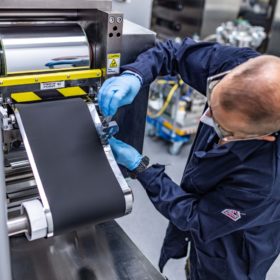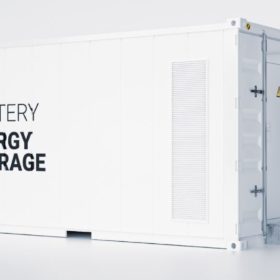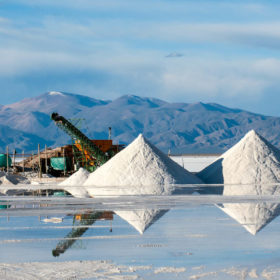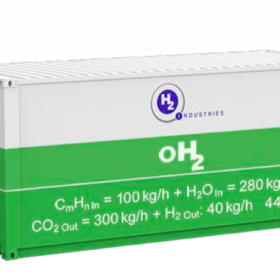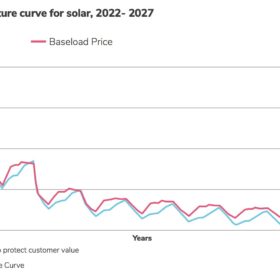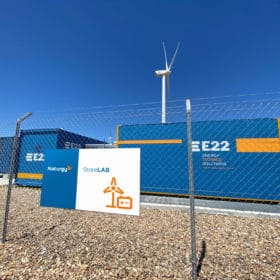US startup unveils non-flammable batteries for EVs, storage
Alsym will produce its new batteries – made of readily available materials, without lithium or cobalt – for electric vehicles, stationary storage, and marine applications.
Renewables desalination for Neom City
The futuristic Neom City will be powered exclusively by renewable energy, but a co-optimization approach with the water sector will be crucial for desalination and sustainable water supplies. Saudi scientists have assessed different system configurations and determined that solar-plus-storage would deliver the lowest levelized cost of energy.
DEWA files patent for new redox flow battery tech
The Dubai Electricity and Water Authority says its novel redox flow battery stack offers better electrolyte distribution, which could result in higher power densities and lower manufacturing costs.
Global energy storage market set for rapid expansion by 2025
Taiwanese analyst TrendForce said it expects global energy storage capacity to reach 362 GWh by 2025. China is set to overtake Europe and the United States is poised to become the world’s fastest-growing energy storage market.
Battery metals: How quickly can supply ramp up?
A couple of weeks ago, Goldman Sachs sent shockwaves through battery metals markets, issuing a prediction that cobalt and lithium in particular were due for a sharp price decline in the next two years. But London-based Benchmark Mineral Intelligence is loudly pushing back, outlining its reasons why it believes the call on lithium was wrong. Meanwhile, US analyst Wood Mackenzie says that the battery raw material chain will remain tight, but notes that recycling could help to ease the supply deficit.
EV battery can reach 98% charge in less than 10 minutes
Enovix has shown that its US-made silicon anode lithium-ion batteries can charge from 0% to 80% in just five minutes.
Pumped hydro projects secure funding in Australia
The government of the Australian state of Queensland has committed AUD 48 million ($33 million) to develop two pumped hydro projects.
Hydrogen generation from organic waste, non-recyclable plastic
US-based H2 Industries plans to produce hydrogen from organic waste and non-recyclable plastic. pv magazine recently spoke with its executive president, Michael Stusch, about the main technologies behind the project.
A simmering cauldron of renewables ‘revenue cannibalization’
There is enormous demand for renewables to enter the grid, and for power purchase agreements to make use of them. However, as more renewables feed into the grid at intermittent periods, the risk of “revenue cannibalization” increases. Swiss consultancy Pexapark’s latest report looks at the “cannibalization effect” and how the solar PPA market can adapt.
Lithium-ion vs. vanadium redox flow storage
UK scientists have compared the performance of lithium-ion storage systems and vanadium redox flow batteries for a modeled 636 kW commercial PV system in southern California. They have found that both technologies, coupled with an oversized PV array, could achieve a levelized cost of electricity of less than $0.22/kWh, while offering a self-sufficiency ratio of 0.95.
